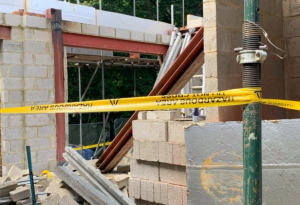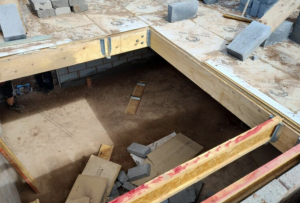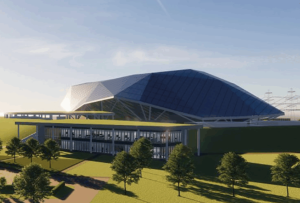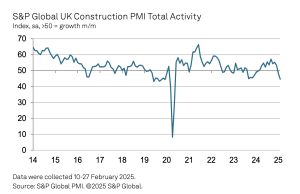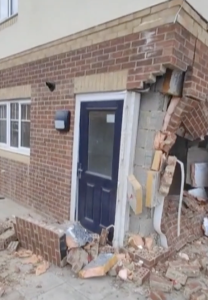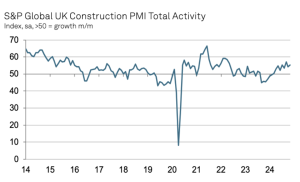Architects expect increasing workloads after longest spell of pessimism
This post has already been read 873 times!
The RIBA has reported that business and employment trends are improving after a serious lull affecting architects during late 2023 and well into 2024 which is good news for the construction industry as a whole.
The April 2024 findings show confidence returning to the profession with the published the findings of its latest Future Trends Survey with architects expecting workloads to increase, ending a ten-month spell of pessimism which has been felt throughout the construction industry with tradesmen also reporting lack of work due to mothballed projects.
Architects practices report that cash-flow problems, planning delays, raised interest rates, and increased project costs continue to hold back project progress, new enquiries, and new commissions, they also say that delays are reportedly tying developer capital to land allocated to stalled projects, preventing the acquisition of further sites, and so squeezing the pipeline of design work and under-resourced local authorities and unreliable pipelines of public sector.
- Over the next three months, 11% of practices expect to employ more permanent staff, 10% expect to employ fewer, and 79% anticipate making no changes.
- Small practices expect falling staffing levels, returning a Permanent Staffing Index figure of -1, a 3-point fall compared to March.
- Medium and large practices remain upbeat about staffing levels, returning a combined Permanent Staffing Index figure of +9, a 3-point increase from last month.
- The regional staffing outlook remains mixed. The North of England and the Midlands & East Anglia expect falling permanent staffing levels, with London holding steady and Wales & the West and the South of England expecting to increase numbers of permanent staff.
- The Temporary Staffing Index rose by 4 points to +1, positive for the first time since July 2022. This suggests increasing numbers of temporary staff over the next three months.
- Levels of personal underemployment increased from 20% in March to 25% in April.
Practices report that cash-flow problems, planning delays, raised interest rates, and increased project costs continue to hold back project progress, new enquiries, and new commissions.
Planning delays are reportedly tying developer capital to land allocated to stalled projects, preventing the acquisition of further sites, and so squeezing the pipeline of design work.
Practices also report under-resourced local authorities and unreliable pipelines of public sector work dampening the architects’ market.
RIBA Head of Economic Research and Analysis Adrian Malleson said:
“After ten months of pessimism, the latest Future Trends data paints a positive picture of growing workloads. April’s findings are the most encouraging for some time, and part of a longer-term trend of an improving outlook, despite month-on-month fluctuations.
Caution is still needed, as workloads are lower than a year ago, with a mixed regional picture and high personal underemployment. However, the vital housing and commercial sectors show early signs of a tentative recovery.
Some practices also note a strengthening market overall, an uptick in the public housing sector, and the significance of overseas work.
We will continue to work with other built environment bodies to monitor these trends.”


